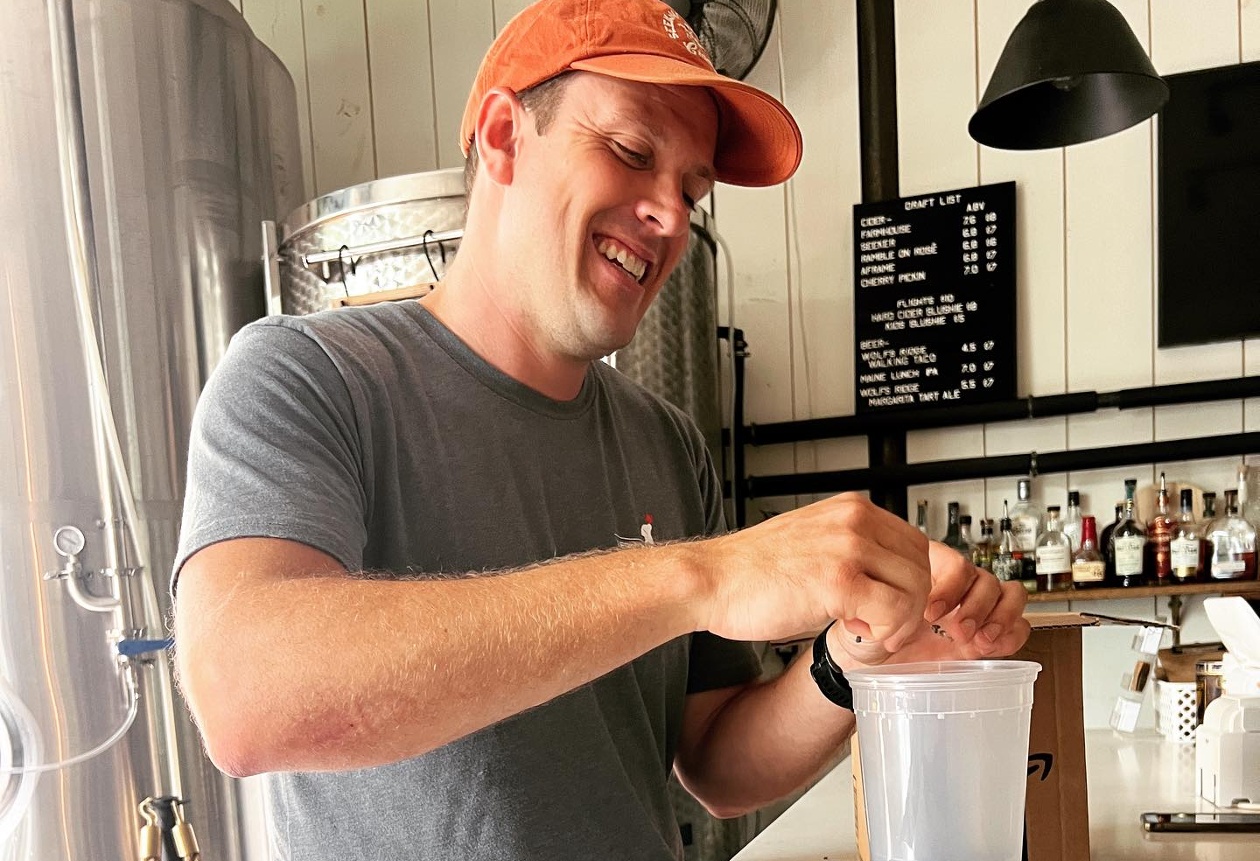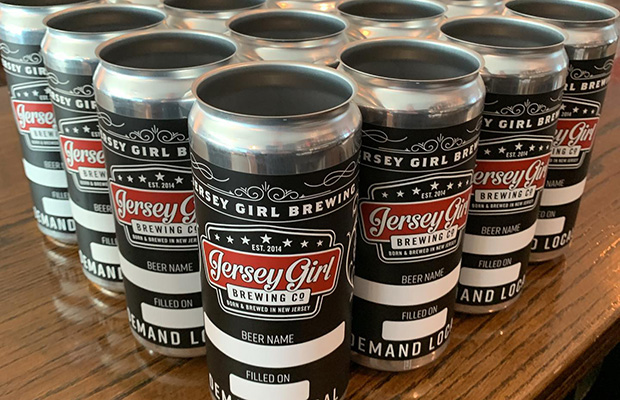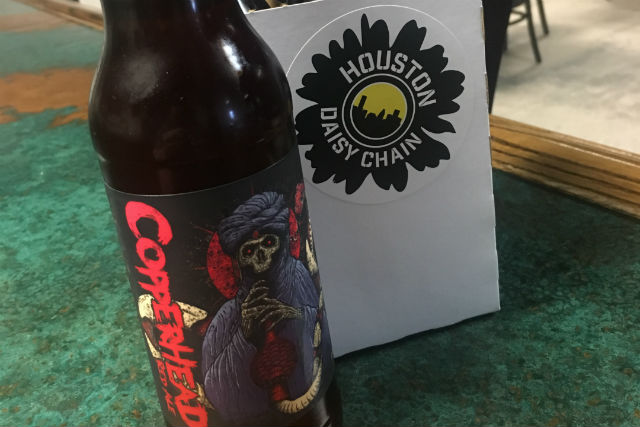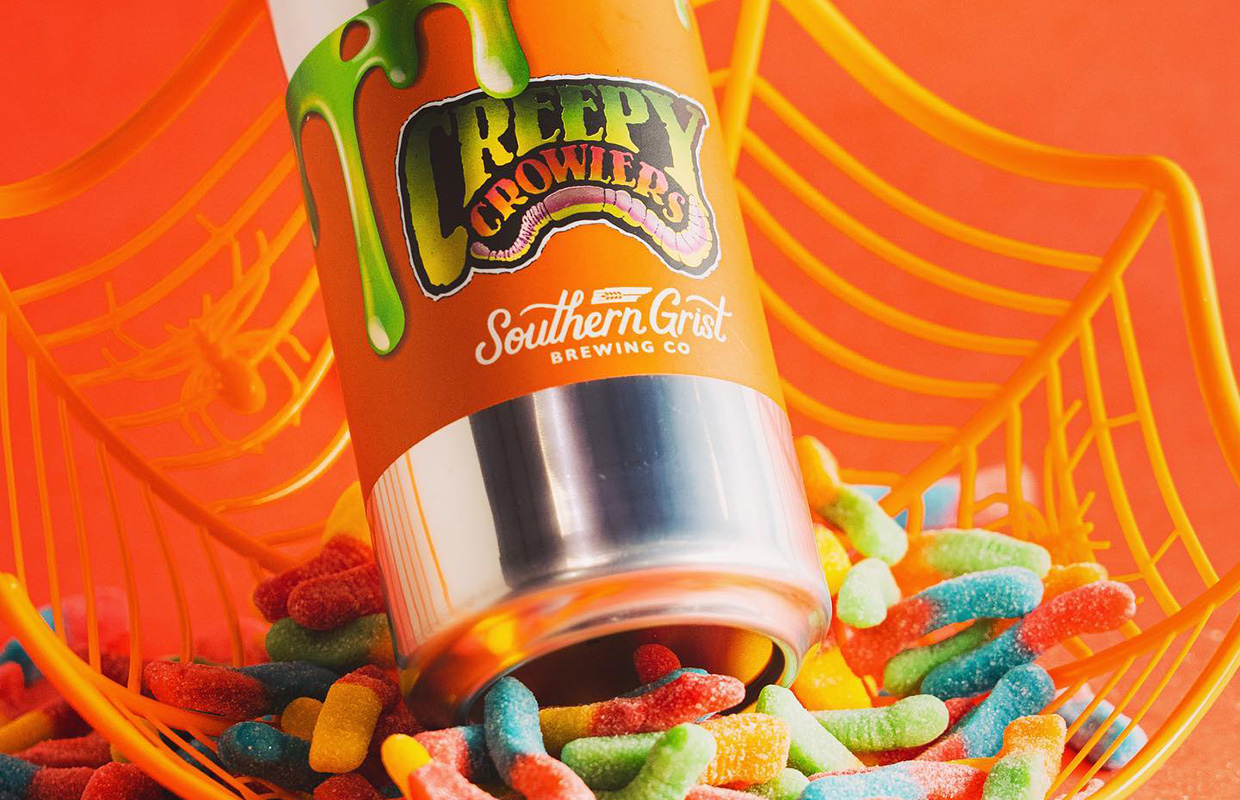
Keeved cider originated in France and has a worldwide following, but it’s certainly time consuming, taking about six months to make a sweet, approachable cider that stays around 4.5% ABV and uses nothing but apples. The Keeving process prevents yeast from fully fermenting juice into cider, so natural fruity sweetness remains.
It’s time consuming and requires careful apple selection, said Garrett Huber, cidermaker at Seek No Further Cider Company in Granville, Ohio, but worth the effort it takes to source bittersweet apples with the right density.
“It’s a challenging one to make, but the drink itself is super approachable,” said Huber, who was a winemaker for years before turning his attention to cider. “As an entry point, no one is going to hate that cider. It has a good amount of sweetness to it, but the tannins in it keep it from being cloying.”
Huber’s made this style commercially in the Normandy-approved method, sourcing apples from New Hampshire from an orchard that doesn’t use fertilizer. (“You don’t want excess nitrogen; you want to starve it,” he explained.)
However, the veteran cidermaker said there’s another approach to making a Normandy-style Cider that isn’t Keeved but drastically cuts down on production time.
READ MORE: Cider Corner: How to Tackle the Challenge of Being a Pioneer
The method involves more manipulation than Keeving. Garrett said he dry ferments apples that are at least 50% bittersweet varieties, and backsweetens them with juice to bump the sugar value up to 3-3.5% residual sugar to bring the ABV back down.
The thought behind this is that if you can hit all the same numbers as a Keeved cider, you’ll have a reasonable replica.
Besides backsweetening with juice, there’s one major difference between this time-saving hack that cuts production time to 4-6 weeks and the natural method.
“There’s no way to naturally carbonate it,” Huber said. “Keeved cider naturally carbonates like a Pétillant naturel-style wine. You just have to ferment it dry, backsweeten it with juice, and carb it out.”
It’s generally been well received, Huber said.
“Can people tell the difference? I don’t think most can,” he said. “We don’t make the claim that it’s Keeved — we say it’s Normandy-style — but I don’t think I’ve heard people remark ‘This is not Keeved cider.’”




Be the first to comment